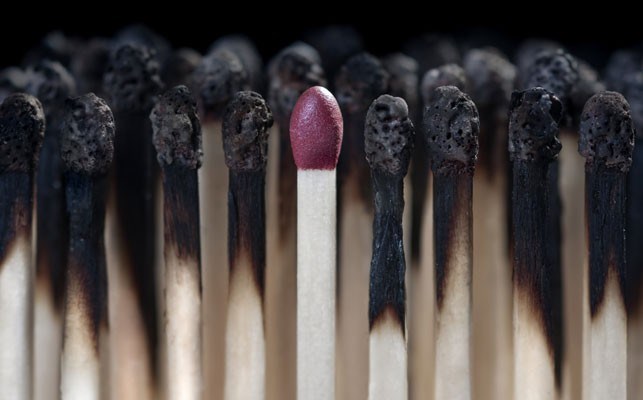The NDP's just-released budget update has some clear winners and losers — the fight against wildfires in B.C. seems to be winner.
Let's hope that dealing with the threat of summer forest fires remains high on the government's agenda as fall rains and cooler temperatures begin. This was a devastating year and the last thing B.C. wants is this threat to fall to the bottom of the pile of priorities.
In her budget speech this week, Finance Minister Carole James described this past summer as "the worst wildfire season ever in our history." She then announced $15 million in new spending over three years to upgrade wildfire facilities around the province.
Another $140 million will be spent over the next three years through the Forest Enhancement Society of B.C. to reduce risk of wildfires, support reforestation and wildlife habitat restoration, and to raise awareness of the FireSmart program. That spending is part of a broader $235 million the government has invested in the society.
As fires raged in B.C.'s backcountry, the former Liberal government has been called to task for failing to implement recommendations of a report on wildfires from 2003 and another from the BC Forest Practices Board in 2015, which many believe could have made a difference.
The Board report states: "While the cost of fuel management may seem expensive, research has shown that, in general, hazard mitigation investments cost less than wildfires when all direct, indirect and additional costs of wildfire are tallied.
"Money spent on mitigation through an effective interface fuel management program should reduce social, economic and environmental impacts to communities. Some of these impacts include smoke-caused health issues, disruption to the tourism industry, property loss, and damage to watersheds, among many others."
In an article on TheTyee.ca last month Bill Tieleman wrote: "Over 10 years between 2006 and 2015 they spent only $8 million a year to remove fuels from just 80,000 of a total 685,000 hectares of high-risk forest land that urgently needs action. And another one million hectares also require treatment to prevent fires.
"At the same time, it cost the B.C. government an average $182 million every year to fight forest fires — more than $1.8 billion in total."
This year to date, fighting fires has cost over $600 million and wildfires have burned more than a million hectares of forest, put thousands of residents out of their homes, and saw more than 1,600 firefighters and support staff from this province and beyond involved in the battle of the blazes.
While Whistler had at least one scare this summer, we are fortunate (so far) to be heading into fall unscathed.
But that does not mean we can rest on our laurels. It is good to see that the municipality is moving ahead with a corridor-wide evacuation plan and that the FireSmart initiatives are continuing.
(This Sunday will see a community chipping day, free of charge — call the coordinator to arrange the service at 604-966-4173.)
There is also now a permanent yard waste drop off at the new Nesters Waste Depot.
Said Whistler mayor Nancy Wilhelm-Morden this week: "It's not enough for residents to just complete a FireSmart home assessment. They also need to take action — even small steps to start — to implement recommendations."
"The municipality is investing in a comprehensive wildfire protection program, but everyone plays a role in keeping the community safe. Research following devastating wildfires in communities like Fort McMurray has confirmed that houses that were more FireSmart (or had a lower fire risk) were still standing, while neighbouring houses with higher fire risk burned down. We're at risk in Whistler not only of having wildfires spread from the forest to our homes, but also of having house fires spread into neighbourhoods and the surrounding forest."
Last January, forester and biologist Bruce Blackwell presented a report to council that laid out two budgets for fuel thinning that would help protect Whistler from wildfire. The preferred option, which would come at a cost of $16 million over 10 years, is based on completing 30 ha. of fuel thinning per year, along with 40 ha. of fuel breaks.
Whistler has several outside funding sources to draw from to help pay for this work — like the Union of BC Municipalities Strategic Wildfire Prevention Initiative and the Provincial Forest Enhancement Society — but those funds have never been a sure thing in the past.
Let's hope this new government continues to see the value of acting preventatively and funds municipalities and others in their wildfire fighting strategies.




